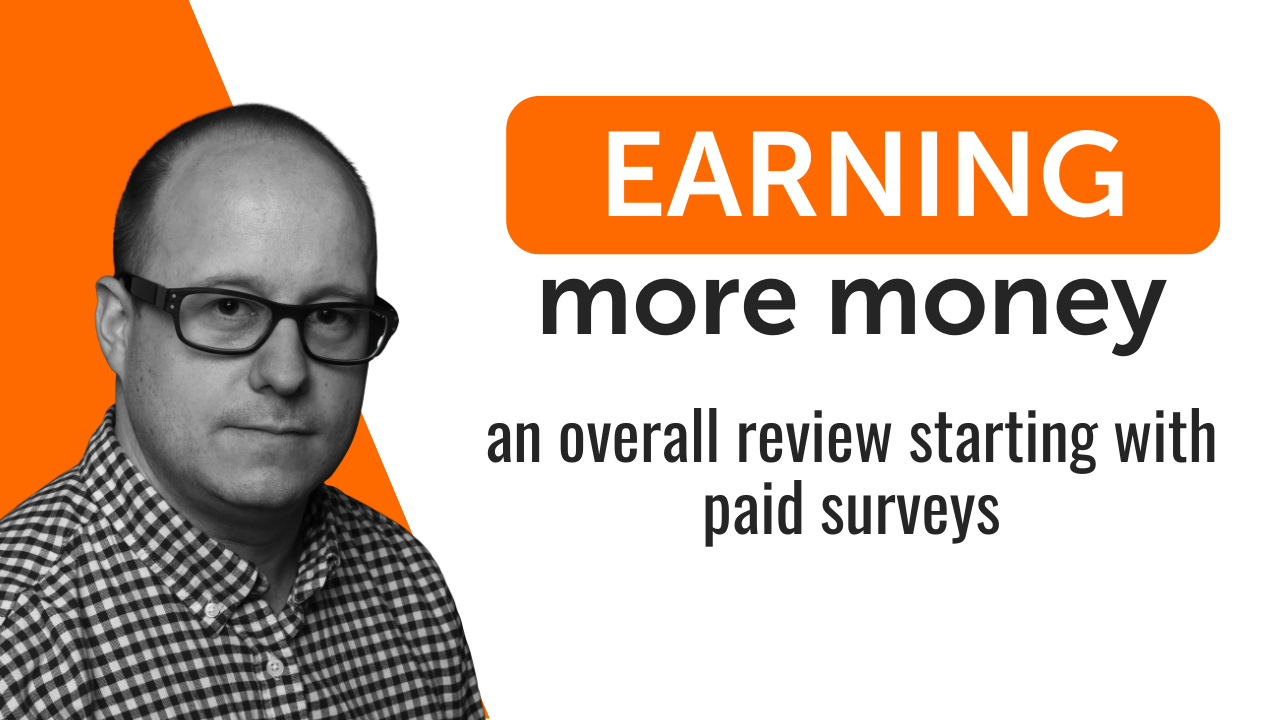
The search for supplemental income has become a popular approach for people looking to pad their economic security, create additional revenue streams, or simply add diversity to how they spend their professional skills.
With an economy more characterized by precarious labor relations and flexible needs for labor, secondary sources of income become both safety net and means of achieving specialized autonomy.
Among the most accessible starting points in this endeavor are paid surveys—a newcomer’s means of earning money that have become highly prominent particularly among digitally networked communities.
Entry Through Accessibility: The Case of Paid Surveys
Paid surveys are one of the easiest and most widely accessible ways to earn supplemental income. Their popularity stems primarily from the low barriers to entry.
The majority of sites providing compensation for taking surveys ask no specialized skills, no initial capital outlay, and, in many instances, nothing more than an internet connection and bank or digital wallet account.
For these purposes, compensated surveys, i.e. solving surveys for money or gift cards, have long been the least stringent barrier to commodified online participation, offering users across a broad spectrum of demographics a chance to exchange opinions or consumer knowledge for modest levels of financial compensation.
From the organizations’ side paying for these surveys—typically market research firms, product creators, or policy experts—the payoff is in gathering a wide variety of consumer opinion and behavior statistics.
This data, when normalized across a statistically representative sample, contributes to the definition of product lines, service models, advertising campaigns, and in certain cases public policy frameworks.
While seldom equaling the value ultimately derived from the data, payments made to participants reflect the typically passive contribution and absence of risk or required specialization.
But what one must consider is the actual economic impact of compensated surveys on individuals who rely on them.
Pay from these websites tends to be low and is based on the number of surveys accessible for a given respondent’s profile. Furthermore, quota survey completions and eligibility filters may meaningfully limit frequent use, generally leading to user fatigue.
Thus while paid surveys might be an additional trickle of income, they are not designed—or do they ever work as—scaly or sustainable sources of income.
Beyond Surveys: The Search for Scalable Alternatives
The limits of paid survey models by necessity compel respondents to pursue other or additional means of earning some cash.
That step by and large introduces them into a more substantial engagement of what might be termed the digital gig economy, remote work, or specialty freelancing.
Contrary to paid surveys, these platforms require investment in skill acquisition, consistency, and sometimes upfront effort without guaranteed remuneration. However, the reward mechanisms they offer are more durable and scalable.
For instance, freelancing in terms of writing, coding, online marketing, or graphic design allows individuals to establish recurring revenue streams on value terms rather than time or engagement. Such work tends to operate under contract-based terms or platform-moderated marketplaces.
The main motivation for income in this case comes from performance, quality, and acquiring customers and not availability and demographics. This is a substantial change from the passive nature of being surveyed, demanding more active participation and professional adjustment.
Similarly, remote customer service careers, technical support careers, or virtual assistance jobs provide templated paths to standard pay streams that, although often not necessarily flexible in the scheduling aspect, are blessed with routine and assured pay.
While paid surveys employ a broad and universal pool of participants, such employment might require established expertise, language ability, and process compliance specific to corporations. Yet they pay for those qualifications in the form of higher earning ceilings and prospects for professional development.
Another proximate area is monetizing internet content through channels like YouTube, Twitch, Substack, or Patreon, where creators can earn money in different forms such as ad revenue, membership, sponsorships, or donations.
In such instances, the mediating economic force is attention and community, with success depending on the creator’s ability to attract and keep a devoted audience. While this kind of income generation is more uncertain and requires a significant amount of front-end effort, it is a path to both influence and income.
Economic Relevance and Structural Considerations
The macroeconomic significance of these ancillary income systems is that they shift income-generating capability out of the traditional model of full-time work.
This is particularly true in environments where wages have ground to a stop, benefits have been cut, or where there are few possibilities for employment owing to geographical, educational, or structural constraints. Ancillary income is not just a hedge against uncertainty but a way of exerting agency in the face of uncertainty.
Yet the structural quality of these opportunities means that they reproduce existing disparities. Already existing technical skills, schooling opportunities, or access to digital platforms put people in a position to be able to exploit scalable choices.
To others, bottom-of-the-barrel options like compensated surveys form a loop of low-generating but time-consuming work and cannot break into more profitable options due to lack of access, knowledge, or time.
Addressing these imbalances would involve intentional investment in digital proficiency, affordably priced upskilling efforts, and the development of platforms that prioritize equitable participation and reward structures.
The Continuum of Effort and Return
To assess the continuum of opportunities for making additional income, it makes sense to assess them as lying along a continuum of effort, skill, and payoff. Paid surveys are on the far end of low-effort, low-payoff activities.
Moving further out along the continuum to more effort- and skill-requiring activities—freelancing, contracting, online content production—the pay increases and becomes more regular, as does the sophistication and commitment required.
The best transitions among the modes of income-gathering here are those made on the basis of practical estimates of time available, skill set available, and overall objectives. For example, those who begin with surveys do so during periods of transition—between jobs, while in school, or as caregivers.
If those periods consolidate into greater stability of availability, that transition from survey work to freelance or formal remote work can be a natural development.
Interested In Working Together?
Introducing Delivered Social. We’re The Most-Rated Digital Agency In Surrey & Hampshire – We’ve Got To Be Doing Something Right.
Delivered Social is a digital marketing agency with one mission—to help businesses grow. We’re famous in Guildford and Portsmouth for our social clinics. We believe in free advice. We build lasting relationships because our team prides itself on being helpful, which our clients appreciate.
If you are looking for a new website or an agency to manage your social media presence, we can help.
If you need something slightly different, here's a super handy list of all our services, or you can always email us.























